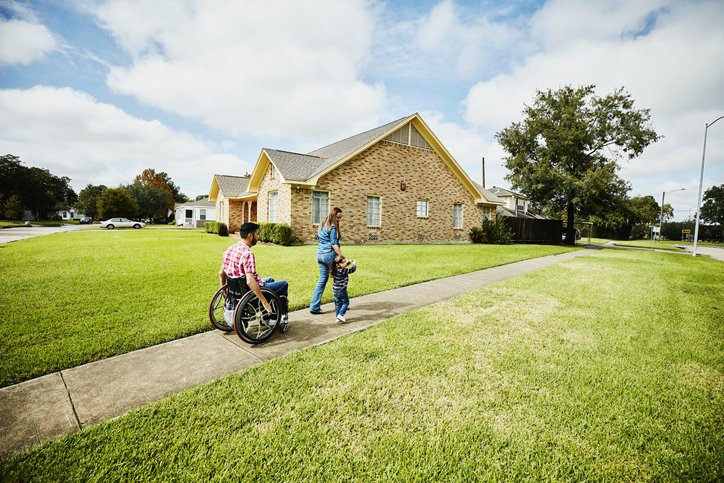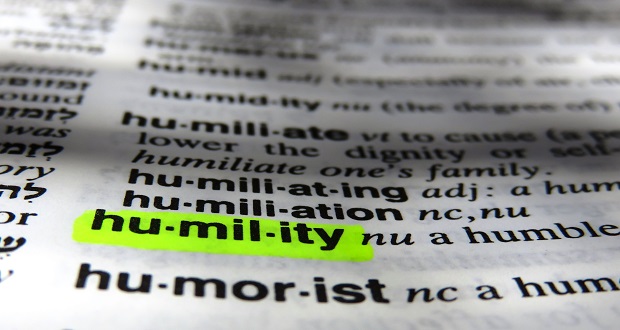
As I examined the current ways we measure and define safety in last week’s post, I recognized there were not many possibility models in research and media that created space for alternative definitions of safety. Few sources acknowledge the limitations of our current data, and even fewer center equity and justice in their analysis.
I also reflected on my own experience in a predominantly white and statistically “safe” neighborhood as a South Asian Woman. I am fortunate to not have personal experience dealing with a dangerous situation in my neighborhood, but I have been a witness to neighbors being criminalized for mental health challenges and have seen de-escalation of mental health emergencies go poorly, due to lack of mental health resources and understanding.
Also alarming to me in my community are the biases behind perceptions of “high” and “low” crime, and which “criminal activities” make the cut for consideration in this equation. I think of hate crimes (antisemitic, anti-Black, and most personal to me, an anti-South Asian attack) all ending in deaths of community members. These victims are people like me, who are the minority in our communities. When hate-fueled tragedies unfold, they are often met with “thoughts and prayers,” with little policy change or questioning of our systems. Is this “safe neighborhood” truly safer than the “less preferred” neighborhood across county lines? More to the point, have we stopped to think critically about who exactly our communities are safe and unsafe for?
Is this 'safe neighborhood' truly safer than the 'less preferred' neighborhood across county lines? More to the point, have we stopped to think critically about who exactly our communities are safe and unsafe for? Share on XWhat is missing in how we define safety? How can we unlearn biases highlighted last week around education and economic status that are causing harm? What should we think about relearning and integrating in our own definitions of safety, to ensure that all communities can live a life free of fear and violence?
As we consider these “relearnings,” here are some considerations for community investments that can bolster and amplify equity and justice in how we understand and act upon safety.
Availability and Accessibility of Community Mental Health Resources: Highlighting mental health access serves as two-fold. First, percentage of insured residents is typically factored into safety rankings, often ostracizing people in jobs that don’t provide health benefits and furthering the notion that one’s ability to access healthcare is an individual responsibility. Secondly, despite common misperceptions, mental illness and criminal activity have no causal relationship. In fact, those with mental illness are much more likely to be victims of violent crimes than perpetrators. Still, there are a disproportionate amount of people with mental illnesses that are criminalized for their actions. This leads to a skewed understanding of reported crimes and ineffective crisis interventions. The criminalization of mental illness and stigmatization of uninsured people are prime examples of conflating their healthcare status with irresponsibility, and in turn, safety to the community.
Those with mental illness are much more likely to be victims of violent crimes than perpetrators. Still, there are a disproportionate amount of people with mental illnesses that are criminalized for their actions. Share on XA key element of safety, especially in the context of increased polarization violence, and civil unrest, is psychological safety. With growing understanding and awareness of mental health, the demand for mental health care — especially culturally specific mental health resources–continues to rise. Consider what community resources your neighborhood has for mental health. Notably, alongside implementation of the national 988 mental health hotline, research has demonstrated only 28% of the population lives in a county with an adequate amount of mental health workers. Investing in community mental health support not only directs needed resources to support community psychological safety, it also reduces the need for law enforcement to respond to mental health crises, disrupting the criminalization of mental health and promoting safer outcomes for all.
Investing in community mental health support reduces the need for law enforcement to respond to mental health crises, disrupting the criminalization of mental health and promoting safer outcomes for all. Share on XRacial, Gender, and Socioeconomic Diversity of Teachers and Community Leaders: An abundance of research shows that having diverse role models in K-12, higher education, and beyond into career paths, has a positive impact on student and job success for historically marginalized communities, while also creating intercultural learning opportunities and reducing stereotypes held by dominant group members. Instead of looking at a school’s ranking, consider investing both time and money into school board and teacher union support, particularly to reduce racial hiring disparities, and to elect diverse leaders across the community.
Instead of looking at a school’s ranking, consider investing both time and money into school board and teacher union support, particularly to reduce racial hiring disparities, and to elect diverse leaders across the community. Share on XPay Equity: In lieu of problematic measures like credit and education level as proxies for economic stability, what would it look like to assess the financial stability of a community in a way that includes and amplifies potential of all people, regardless of identity?
Although pay equity studies are most often done in organizations, researching pay across race and gender in a broader community can show if people are being compensated and valued in parity. Are people of color in your neighborhood paid significantly lower in the same jobs? Are women in leadership roles in the community holding equal power to men in similar positions?
Intentionally invest in BIPOC- and women-owned business development through community funds and other sources; then, actively factor these opportunities and their successes into assessments of community financial stability.
Intentionally invest in BIPOC- and women-owned business development through community funds and other sources; then, actively factor these opportunities and their successes into assessments of community financial stability. Share on XAccessibility for Bodies of Varied Ability: Walkability and green space are often factored into what assessments of neighborhood “safety.” However, these considerations often don’t factor in physical and mental ability. Consider looking at: How accessible are parks and walking spaces to those with wheelchairs or walkers? How do local businesses support hearing and visually impaired individuals? In addition to environmental support, consider how much community funding is going into independent and assisted living facilities, or job opportunities for those with neurodiverse learning needs.
Walkability and green space are often factored into what assessments of neighborhood 'safety.' However, these considerations often don’t factor in physical and mental ability. Share on XAll in all, we have immense power as members of our respective communities to use our voices, and to relearn to tell a story of safety that is not only more accurate, but equitable and just. By broadening our definitions of safety and interrogating commonly used safety metrics for equity and inclusion, we can use stories from our communities as tools for social change. In your conversations with family, to conversations at the workplace and beyond, I empower you to amplify these important but often under-recognized elements of safety that value and acknowledge all people.


















